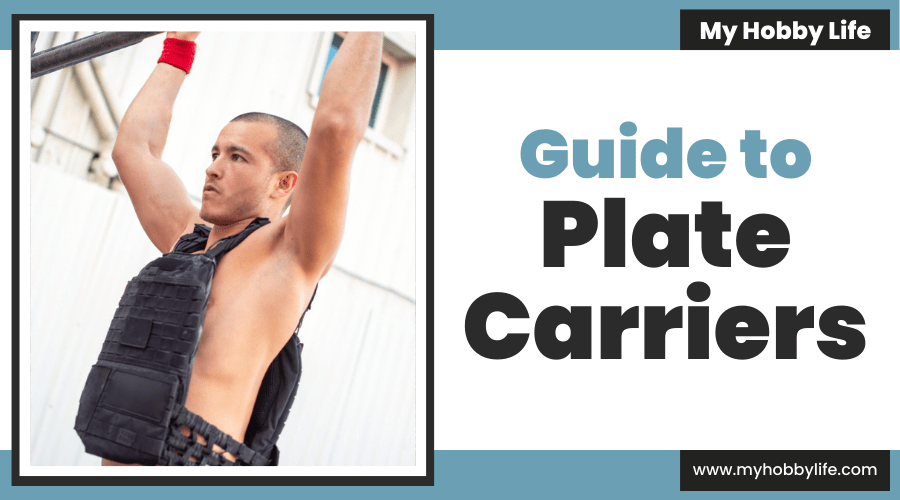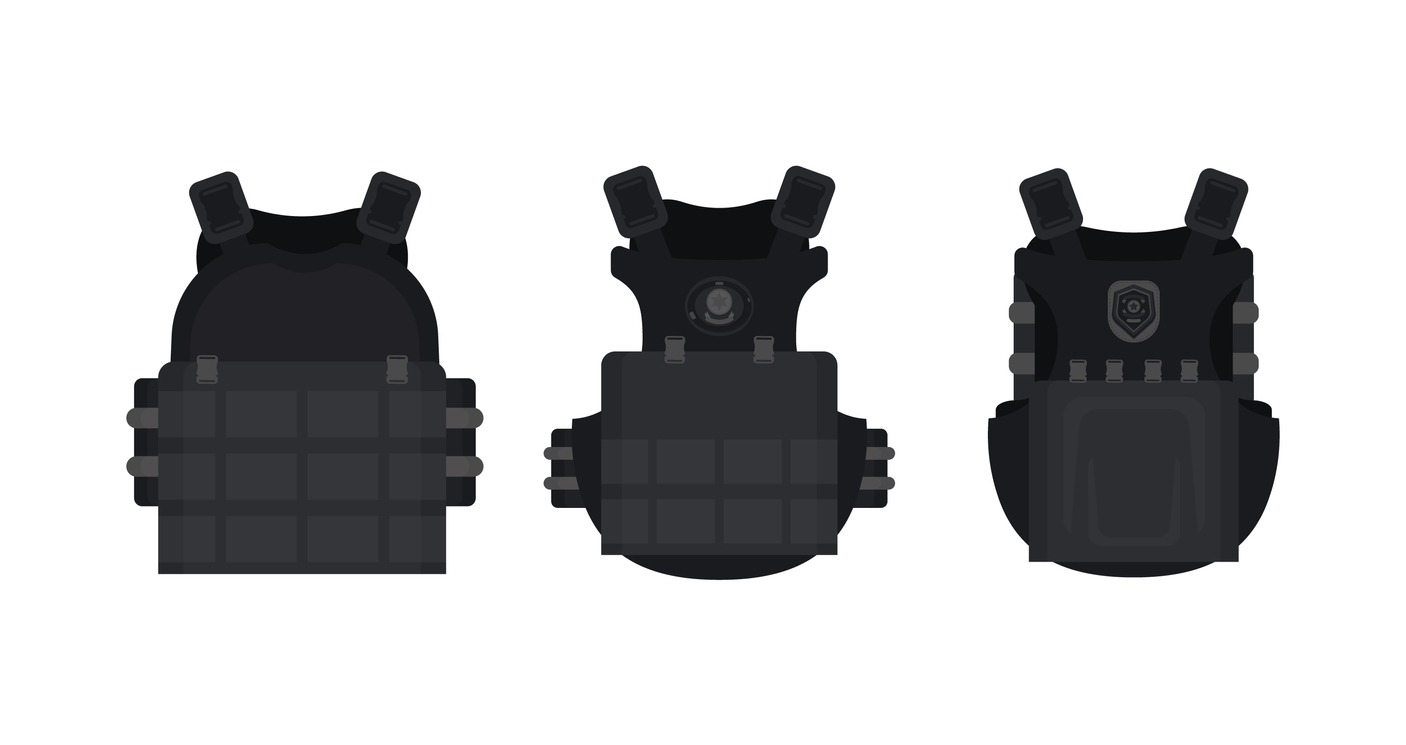One of the most crucial pieces of gear for police officers and troops are plate carriers, often known as bullet-proof vests, which offer defense against bullets that are directed at the chest and the rear of the body. Even though they are typically worn by law enforcement and military personnel, plate carriers have become considerably more popular recently among celebrities, politicians, and even regular people, particularly during a time when gun violence may be reaching an all-time high. When an armed burglar breaks into our home or when they are playing airsoft or paintball with friends and family, the average person can gain protection thanks to plate carriers.
These days, bulletproof vests are also getting more affordable, making it possible for even middle-class people to buy at least one. There are several plate carriers available for purchase at gun shops and even online because they are now less expensive, but only a select number are thought to be the best at offering protection.
What Exactly is a Plate Carrier?
When most people think of body armor, they think of bulletproof vests, firearms, and the like. Body armor is a broad phrase for anything that protects your body from harm, most notably ballistic harm. Plate carriers are just one sort of bulletproof vest, which is the most prevalent type of body armor. Plate carriers, as the name implies, have ballistic plates that stop bullets and are mostly used as protection against rifle fire. The carriers contain pockets that allow you to replace the plates as needed. Modular Lightweight Load-Carrying Equipment, or MOLLE, has multiple pouches, compartments, and locations to attach your tactical gear.
Aside from the pockets and removable plates, they may include a cummerbund. These allow you to slightly alter the riding of the plate carrier while also providing more space to carry your tactical kit saving you vital time if you find yourself in a dangerous scenario. Carriers allow you to use the same vest for many scenarios and use whichever plate fits the occasion because you can swap out different plates based on the size of your carrier. However, keep in mind that without the plates, the vest loses nearly all of its protection. Plate carriers are often employed by military and law enforcement or people who are serious about their body armor because plates are typically used to guard against rifle fire.
What Are the Different Uses of a Plate Carrier?
Protection
A plate carrier is first and foremost for protection. It can withstand bullet penetration. This is a huge advantage in combat or any other shooter circumstance. Plate bearers, on the other hand, do not make you indestructible. No body armor can achieve that. However, they are intended to keep you alive long enough to summon medical assistance.
Carry Load
Another significant advantage of plate carriers is that they allow you to carry your tactical gear on the exterior of your body, where it is easily accessible. When bullets are flying, timing is everything. If you have to stop and dig in your rucksack for something you need right away, you’re only taking yourself out of the fight for a second. At worst, you’re permanently removing yourself from the equation. That is why plate carriers are employed by the military and police enforcement.
What Types of Plate Carriers Are There?
- Standard Plate Carriers: For people who wish to carry a little bit more than the bare necessities but still weigh less, these are highly popular. Standard plate carriers can comfortably carry between 20 and 30 pounds and have additional places to attach tactical equipment, ammo, water, and other essentials.
- Heavy Armor Plate Carriers/Armor Chassis: The heavy carriers contain more padding, are made of durable, tear-resistant materials, and have a ton of MOLLE. This allows users to carry over 35 pounds of stuff.
- Slick Plate Carriers: Contrary to what its name may imply, Slick plate carriers simply include the plate and a piece of fabric to hold it against your chest, both of which are essential. Since it is meant to be concealed within garments, it is as straightforward as you can make it. There is nothing else inside the delicate cloth but the plate. Once more, the goal is to mask the fact that you are wearing body armor. The weight of many light plate carriers is one pound or less.
- Minimalist Plate Carrier: The minimalist plate carrier is the next level up from the slick plate carrier. The minimalist has enough MOLLE to carry your necessary stuff, whilst the sleek will have few to no pockets and pouches. These plate carriers typically have a gear capacity of between 10 and 25 pounds.
What Makes a Plate Carrier?
The plates are commonly made of steel, ceramic, polyethylene, or a combination of two or more of these materials. Steel is the tried-and-true standard, but ceramic is gaining popularity, thanks in part to its reduced weight. Polyethylene can withstand several strikes and is lighter than steel or ceramic, but it will cost you significantly more than the others. Plate carriers’ carriers are often composed of materials like nylon or heavy denier polyester and are not bullet resistant.
What Are the Best Plates for Carrier Setup?
The lightest plates with the highest rated level of protection will be the best, but price and budget are also important considerations. A good rule of thumb is to have an NIJ (National Institute of Justice)-rated plate that protects against the round you carry.
Steel Plates
Steel plates from firms have recently become quite popular. Steel, however, has a few drawbacks. The weight is one of them. Steel plates will be significantly heavier than standard ceramic plates, and you must also be concerned about spalling. There will be shrapnel and spalling, or small round bits and plate material that are ejected, when an incoming round strikes a steel plate.
You might experience spalling and shrapnel going up into your neck and your throat as well as down into your groin or your thighs, but it will save the round from striking a key organ like your heart or lungs. A steel plate carrier is not the best scenario for survival. Many of these businesses offer build-up coatings for their plates, which are essentially equivalent to spray-on truck bed liners. These are designed to stop spalling from occurring. At this point, it makes more sense to use ceramic plates because the price and weight will grow.
Ceramic Plates
In ceramic plate carriers, you do not have to worry about spalling, and they are lighter than steel. They typically cost more and require a longer lead time when ordered. Weight is a very important consideration when choosing body armor and plate carriers since they will stop shots that they are rated for.
Getting a plate carrier is strongly advised if you want to improve your body armor game. They exist in a range of sizes, provide more protection than a conventional bulletproof vest, and let you carry more supplies without the need for a backpack or other pouch.


